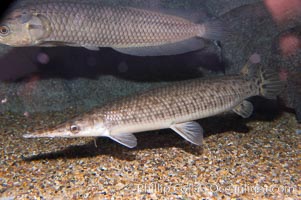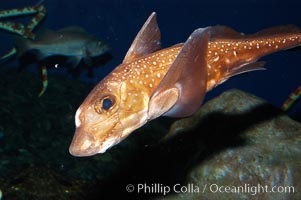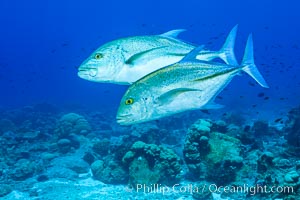
Blue-spotted jacks and coral reef, Clipperton Island.
Location: Clipperton Island, France
Image ID: 32952
Location: Clipperton Island, France
Image ID: 32952
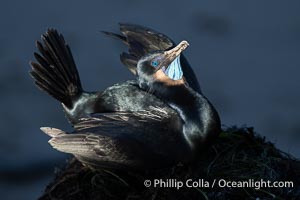
Male Brandt's Cormorant Skypointing, Courtship Display, Breeding Plumage with blue throat and white pin-feathers, La Jolla. Skypointing is an interesting courtship behavior that many birds practice. Among Brandt's Cormorants the male performs this, likely as a way of attracting a mate to the nest he has built by showing off his striking blue throat. He tips his head backward showing off his striking blue throat, and partially raises his wings. Seen here on seacliffs above the ocean, where the fading light of late afternoon just illuminates his head and wings.
Species: Brandt's cormorant, Phalacrocorax penicillatus
Location: La Jolla, California
Image ID: 40142
Species: Brandt's cormorant, Phalacrocorax penicillatus
Location: La Jolla, California
Image ID: 40142
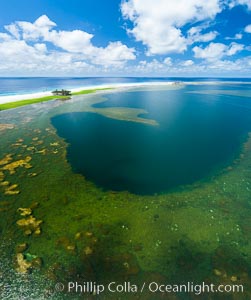
Aerial view of the lagoon inside Clipperton Island. The lagoon within the atoll was formerly open to the ocean but has been closed and stagnant for many decades. Some experts believe erosion will open the lagoon up to the ocean again soon. Clipperton Island, a minor territory of France also known as Ile de la Passion, is a spectacular coral atoll in the eastern Pacific. By permit HC / 1485 / CAB (France).
Location: Clipperton Island, France
Image ID: 32866
Location: Clipperton Island, France
Image ID: 32866
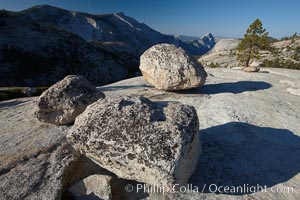
Glacial erratic boulders atop Olmsted Point, with the massive granite monoliths Half Dome and Clouds Rest in the background. Erratics are huge boulders left behind by the passing of glaciers which carved the granite surroundings into their present-day form. When the glaciers melt, any boulders and other geologic material that it was carrying are left in place, sometimes many miles from their original location.
Location: Yosemite National Park, California
Image ID: 23264
Location: Yosemite National Park, California
Image ID: 23264
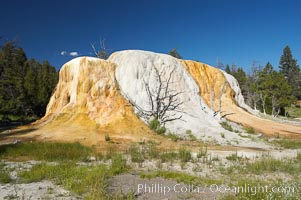
Orange Spring Mound. Many years of mineral deposition has built up Orange Spring Mound, part of the Mammoth Hot Springs complex.
Location: Mammoth Hot Springs, Yellowstone National Park, Wyoming
Image ID: 13614
Location: Mammoth Hot Springs, Yellowstone National Park, Wyoming
Image ID: 13614
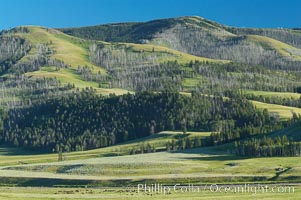
Lamar Valley, summer. The Lamar Valleys rolling hills are home to many large mammals and are often called Americas Serengeti.
Location: Lamar Valley, Yellowstone National Park, Wyoming
Image ID: 13647
Location: Lamar Valley, Yellowstone National Park, Wyoming
Image ID: 13647
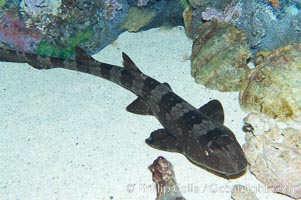
Whitespotted bamboo shark.
Species: Whitespotted bamboo shark, Chiloscyllium plagiosum
Image ID: 14963
Species: Whitespotted bamboo shark, Chiloscyllium plagiosum
Image ID: 14963
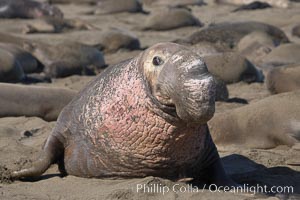
This bull elephant seal, an old adult male, shows extreme scarring on his chest and proboscis from many winters fighting other males for territory and rights to a harem of females. Sandy beach rookery, winter, Central California.
Species: Elephant seal, Mirounga angustirostris
Location: Piedras Blancas, San Simeon, California
Image ID: 15388
Species: Elephant seal, Mirounga angustirostris
Location: Piedras Blancas, San Simeon, California
Image ID: 15388
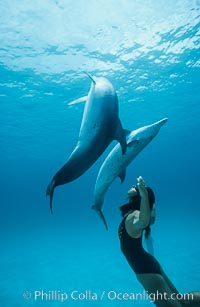
Atlantic spotted dolphin, Olympic swimmer Mikako Kotani.
Species: Atlantic spotted dolphin, Stenella frontalis
Location: Bahamas
Image ID: 00019
Species: Atlantic spotted dolphin, Stenella frontalis
Location: Bahamas
Image ID: 00019
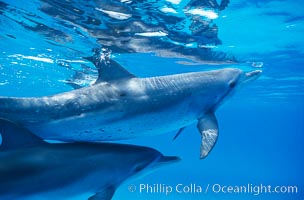
Atlantic spotted dolphin.
Species: Atlantic spotted dolphin, Stenella frontalis
Location: Bahamas
Image ID: 00676
Species: Atlantic spotted dolphin, Stenella frontalis
Location: Bahamas
Image ID: 00676
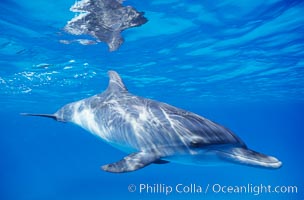
Atlantic spotted dolphin, juvenile.
Species: Atlantic spotted dolphin, Stenella frontalis
Location: Bahamas
Image ID: 00679
Species: Atlantic spotted dolphin, Stenella frontalis
Location: Bahamas
Image ID: 00679
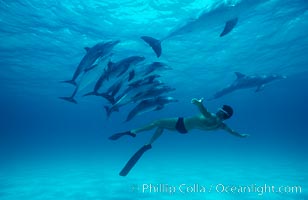
Atlantic spotted dolphin, Olympic swimmer Matt Biondi.
Species: Atlantic spotted dolphin, Stenella frontalis
Location: Bahamas
Image ID: 00009
Species: Atlantic spotted dolphin, Stenella frontalis
Location: Bahamas
Image ID: 00009
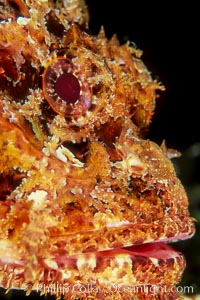
Stone scorpionfish.
Species: Pacific spotted scorpionfish, Scorpaena mystes
Location: Wolf Island, Galapagos Islands, Ecuador
Image ID: 02568
Species: Pacific spotted scorpionfish, Scorpaena mystes
Location: Wolf Island, Galapagos Islands, Ecuador
Image ID: 02568
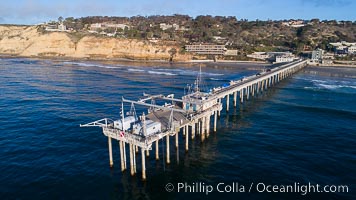
Aerial Photo of Scripps Pier. SIO Pier. The Scripps Institution of Oceanography research pier is 1090 feet long and was built of reinforced concrete in 1988, replacing the original wooden pier built in 1915. The Scripps Pier is home to a variety of sensing equipment above and below water that collects various oceanographic data. The Scripps research diving facility is located at the foot of the pier. Fresh seawater is pumped from the pier to the many tanks and facilities of SIO, including the Birch Aquarium. The Scripps Pier is named in honor of Ellen Browning Scripps, the most significant donor and benefactor of the Institution.
Location: Scripps Institution of Oceanography, La Jolla, California
Image ID: 38231
Location: Scripps Institution of Oceanography, La Jolla, California
Image ID: 38231
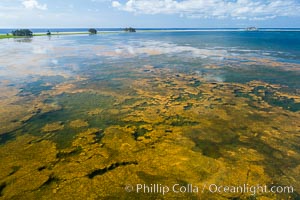
Aerial view of the lagoon inside Clipperton Island. The lagoon within the atoll was formerly open to the ocean but has been closed and stagnant for many decades. Some experts believe erosion will open the lagoon up to the ocean again soon. Clipperton Island, a minor territory of France also known as Ile de la Passion, is a spectacular coral atoll in the eastern Pacific. By permit HC / 1485 / CAB (France).
Location: Clipperton Island, France
Image ID: 32885
Location: Clipperton Island, France
Image ID: 32885
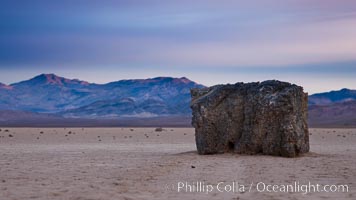
Sunrise on the Racetrack Playa. The sliding rocks, or sailing stones, move across the mud flats of the Racetrack Playa, leaving trails behind in the mud. The explanation for their movement is not known with certainty, but many believe wind pushes the rocks over wet and perhaps icy mud in winter.
Location: Racetrack Playa, Death Valley National Park, California
Image ID: 27701
Location: Racetrack Playa, Death Valley National Park, California
Image ID: 27701
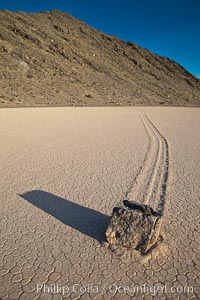
A sliding rock of the Racetrack Playa. The sliding rocks, or sailing stones, move across the mud flats of the Racetrack Playa, leaving trails behind in the mud. The explanation for their movement is not known with certainty, but many believe wind pushes the rocks over wet and perhaps icy mud in winter.
Location: Racetrack Playa, Death Valley National Park, California
Image ID: 25243
Location: Racetrack Playa, Death Valley National Park, California
Image ID: 25243
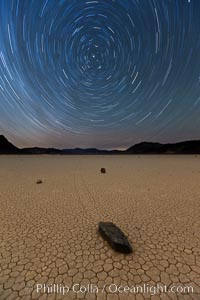
Racetrack sailing stone and star trails. A sliding rock of the Racetrack Playa. The sliding rocks, or sailing stones, move across the mud flats of the Racetrack Playa, leaving trails behind in the mud. The explanation for their movement is not known with certainty, but many believe wind pushes the rocks over wet and perhaps icy mud in winter.
Location: Racetrack Playa, Death Valley National Park, California
Image ID: 27668
Location: Racetrack Playa, Death Valley National Park, California
Image ID: 27668
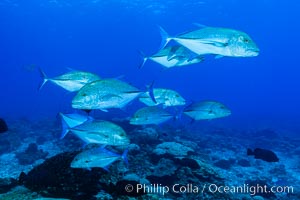
Blue-spotted jacks and coral reef, Clipperton Island.
Location: Clipperton Island, France
Image ID: 32975
Location: Clipperton Island, France
Image ID: 32975
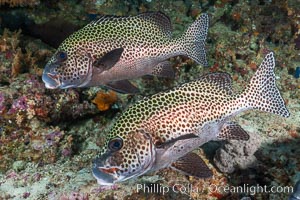
Plectorhinchus chaetodonoides, Many-spotted sweetlips, Fiji.
Species: Many spotted sweetlips, Plectorhinchus chaetodonoides
Location: Bligh Waters, Fiji
Image ID: 35021
Species: Many spotted sweetlips, Plectorhinchus chaetodonoides
Location: Bligh Waters, Fiji
Image ID: 35021
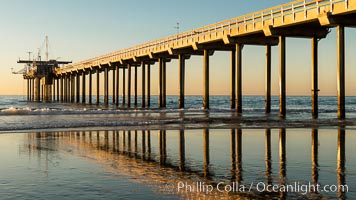
SIO Pier. The Scripps Institution of Oceanography research pier is 1090 feet long and was built of reinforced concrete in 1988, replacing the original wooden pier built in 1915. The Scripps Pier is home to a variety of sensing equipment above and below water that collects various oceanographic data. The Scripps research diving facility is located at the foot of the pier. Fresh seawater is pumped from the pier to the many tanks and facilities of SIO, including the Birch Aquarium. The Scripps Pier is named in honor of Ellen Browning Scripps, the most significant donor and benefactor of the Institution.
Location: Scripps Institution of Oceanography, La Jolla, California
Image ID: 36558
Location: Scripps Institution of Oceanography, La Jolla, California
Image ID: 36558
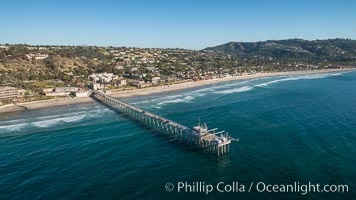
Aerial Photo of Scripps Pier. SIO Pier. The Scripps Institution of Oceanography research pier is 1090 feet long and was built of reinforced concrete in 1988, replacing the original wooden pier built in 1915. The Scripps Pier is home to a variety of sensing equipment above and below water that collects various oceanographic data. The Scripps research diving facility is located at the foot of the pier. Fresh seawater is pumped from the pier to the many tanks and facilities of SIO, including the Birch Aquarium. The Scripps Pier is named in honor of Ellen Browning Scripps, the most significant donor and benefactor of the Institution.
Image ID: 30737
Image ID: 30737
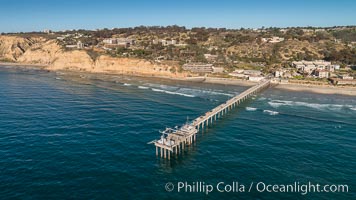
Aerial Photo of Scripps Pier. SIO Pier. The Scripps Institution of Oceanography research pier is 1090 feet long and was built of reinforced concrete in 1988, replacing the original wooden pier built in 1915. The Scripps Pier is home to a variety of sensing equipment above and below water that collects various oceanographic data. The Scripps research diving facility is located at the foot of the pier. Fresh seawater is pumped from the pier to the many tanks and facilities of SIO, including the Birch Aquarium. The Scripps Pier is named in honor of Ellen Browning Scripps, the most significant donor and benefactor of the Institution.
Image ID: 30738
Image ID: 30738
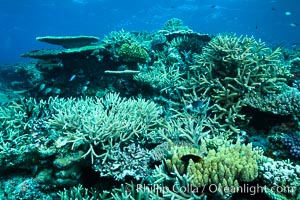
Pristine coral reef composed of many species of hard corals, 20' (7m) deep, Fiji.
Location: Wakaya Island, Lomaiviti Archipelago, Fiji
Image ID: 31744
Location: Wakaya Island, Lomaiviti Archipelago, Fiji
Image ID: 31744
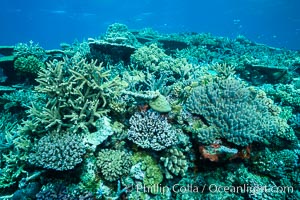
Pristine coral reef composed of many species of hard corals, 20' (7m) deep, Fiji.
Location: Wakaya Island, Lomaiviti Archipelago, Fiji
Image ID: 31746
Location: Wakaya Island, Lomaiviti Archipelago, Fiji
Image ID: 31746
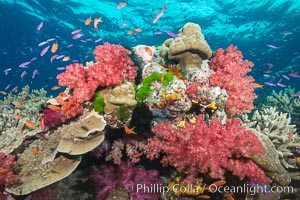
Colorful dendronephthya soft corals and various hard corals, flourishing on a pristine healthy south pacific coral reef. The soft corals are inflated in strong ocean currents, capturing passing planktonic food with their many small polyps.
Species: Anthias, Dendronephthya soft coral, Dendronephthya, Pseudanthias
Location: Namena Marine Reserve, Namena Island, Fiji
Image ID: 31827
Species: Anthias, Dendronephthya soft coral, Dendronephthya, Pseudanthias
Location: Namena Marine Reserve, Namena Island, Fiji
Image ID: 31827
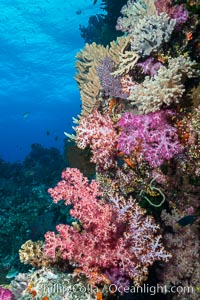
Colorful dendronephthya soft corals and various hard corals, flourishing on a pristine healthy south pacific coral reef. The soft corals are inflated in strong ocean currents, capturing passing planktonic food with their many small polyps.
Species: Dendronephthya soft coral, Dendronephthya
Location: Fiji
Image ID: 31846
Species: Dendronephthya soft coral, Dendronephthya
Location: Fiji
Image ID: 31846
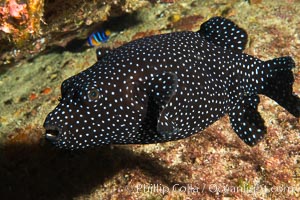
Guineafowl puffer fish, black phase.
Location: Isla San Diego, Baja California, Mexico
Image ID: 33541
Location: Isla San Diego, Baja California, Mexico
Image ID: 33541
